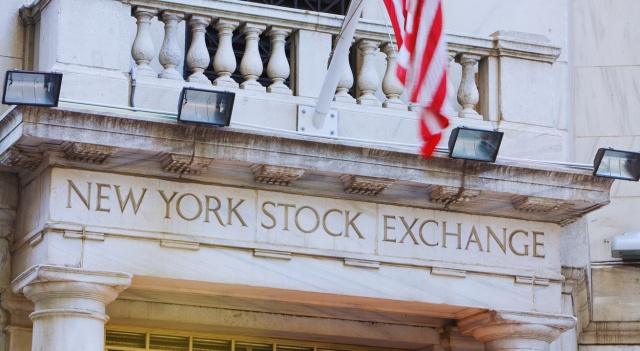U.S. stock futures rose Monday, boosted by Canada’s unexpected decision to cancel a controversial digital services tax. Meanwhile, the Republican-led U.S. Senate began debating a sweeping tax and spending bill supported by former President Donald Trump. In Asia, China’s manufacturing sector showed a softer-than-expected contraction, easing worries about global economic growth.
Markets Poised for a Positive Start
Wall Street looked ready to open the week on a strong note, with futures for major indices gaining as investors welcomed Canada’s move to withdraw the planned digital tax targeting tech giants. By 03:30 ET Dow Jones futures were up by 250 points (0.6%), S&P 500 futures rose 23 points (0.4%), and Nasdaq 100 futures added 109 points (0.5%).
The momentum follows record closes for the S&P 500 and Nasdaq Composite on Friday. The Nasdaq officially entered a bull market after climbing 20% from recent lows, highlighting renewed enthusiasm for technology stocks.
Investor confidence also received a boost from data revealing a drop in U.S. consumer spending in May, despite inflation remaining above the Fed’s 2% target. The surprise dip has raised hopes the Federal Reserve might cut interest rates as soon as September, with market odds now suggesting a 74% chance of a rate cut by then—and some analysts predicting the Fed could act even sooner in July.
Canada Cancels Digital Services Tax
In a surprising move over the weekend, Canada scrapped its planned digital services tax that was due to take effect Monday. The tax, which aimed at companies earning more than $20 million in Canadian digital revenue and was retroactive to 2022, had been a major sticking point in U.S.-Canada trade relations.
Canada’s decision follows threats from former President Trump to impose retaliatory tariffs on Canadian goods, calling the tax “unacceptable.” Ottawa now seeks to reset trade ties, with talks between Canadian Prime Minister Mark Carney and President Trump set before a self-imposed July 21 deadline to reach a deal.
U.S. Senate Begins Debate on Large-Scale Economic Bill
In Washington, the Senate launched formal discussions on an ambitious tax and spending package backed by Trump. The proposal includes extending key provisions from the 2017 tax cuts, alongside increased funding for defense and border security. The Congressional Budget Office estimates the plan could add around $3.3 trillion to the national debt over the next decade.
While the bill faces opposition from some Republicans and Democrats, it is expected to pass the Senate soon—possibly by Monday—with lawmakers aiming to send it to President Trump for signature by July 4.
China’s Manufacturing Contracts More Slowly, Signs of Recovery
China’s June manufacturing data indicated continued contraction, but the pace was less severe than expected. The manufacturing Purchasing Managers’ Index (PMI) stood at 49.7, slightly above forecasts and up from 49.5 in May.
This marks the third straight month of shrinking factory activity, mainly due to weak global demand and ongoing U.S. tariffs. However, the modest PMI improvement reflects tentative gains after a May U.S.-China agreement to reduce tariffs on selected goods. Efforts to expand that agreement into a broader trade framework continued in June, raising hopes for better conditions for Chinese exporters.
Oil Prices Decline Amid Eased Middle East Tensions and Anticipated OPEC+ Output Rise
Crude oil prices edged down at the start of the week as geopolitical risk premiums diminished and markets anticipated an output boost from OPEC+.
At 03:35 ET, Brent crude futures fell 0.2% to $66.66 per barrel, while West Texas Intermediate (WTI) dipped 0.4% to $65.26.
Despite last week’s sharp declines—the steepest since March 2023—both benchmarks remain on track for a second consecutive monthly gain exceeding 5%. OPEC+ is scheduled to meet on July 6, with expectations high that the group will approve a further production increase, continuing the gradual rollback of output cuts initiated in April.
